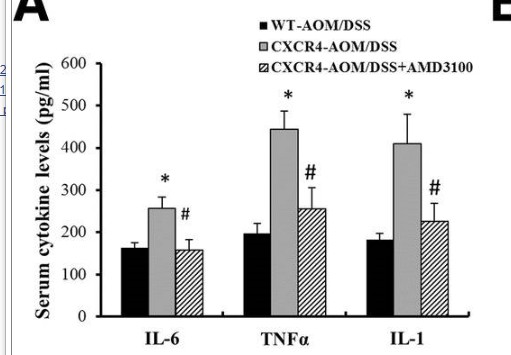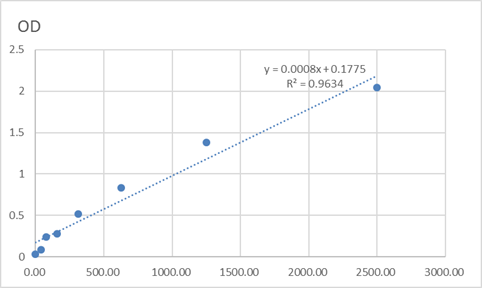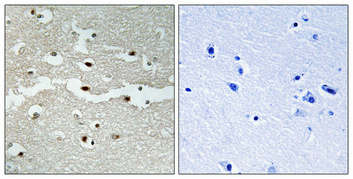Total BRCA2 Cell-Based Colorimetric ELISA Kit
- Catalog No.:KA3626C
- Applications:ELISA
- Reactivity:Human;Rat
- Gene Name:
- BRCA2
- Human Gene Id:
- 675
- Human Swiss Prot No:
- P51587
- Mouse Swiss Prot No:
- P97929
- Rat Swiss Prot No:
- O35923
- Storage Stability:
- 2-8°C/6 months
- Other Name:
- Breast cancer type 2 susceptibility protein (Fanconi anemia group D1 protein)
- Detection Method:
- Colorimetric
- Background:
- disease:Defects in BRCA2 are a cause of genetic susceptibility to breast cancer (BC) [MIM:612555, 114480]; also called susceptibility to familial breast-ovarian cancer type 2 (BROVCA2). BC is an extremely common malignancy, affecting one in eight women during their lifetime. A positive family history has been identified as major contributor to risk of development of the disease, and this link is striking for early-onset breast cancer. Mutations in BRCA2 are thought to be responsible for some inherited breast cancer. It is linked with male breast cancer.,disease:Defects in BRCA2 are the cause of Fanconi anemia complementation group D type 1 (FANCD1) [MIM:605724]. Fanconi anemia [MIM:227650] is an autosomal recessive disorder affecting all bone marrow elements and associated with cardiac, renal, and limb malformations as well as dermal pigmentary changes.,function:Involved in double-strand break repair and/or homologous recombination. May participate in S phase checkpoint activation.,online information:BRCA2 entry,polymorphism:Genetic variations in BRCA2 may underlie susceptibility to uveal melanoma [MIM:155720]. Uveal melanoma is the most common type of ocular malignant tumor, consisting of overgrowth of uveal melanocytes and often preceded by a uveal nevus.,PTM:Phosphorylated by ATM upon irradiation-induced DNA damage.,similarity:Contains 8 BRCA2 repeats.,subunit:Interacts with RAD51 and DSS1. Interacts with ubiquitinated FANCD2. Interacts with PALB2, enables the recombinational repair and checkpoints functions. Interacts with WDR16.,tissue specificity:Highest levels of expression in breast and thymus, with slightly lower levels in lung, ovary and spleen.,
- Function:
- microtubule cytoskeleton organization, M phase, double-strand break repair via homologous recombination,recombinational repair, cytokinesis, oocyte maturation, in utero embryonic development, blastocyst development,blastocyst growth, inner cell mass cell proliferation, immune system development, reproductive developmental process, DNA metabolic process, DNA replication, DNA-dependent DNA replication, regulation of DNA replication, DNA repair, nucleotide-excision repair, double-strand break repair, DNA recombination, regulation of transcription, DNA-dependent, induction of apoptosis, response to DNA damage stimulus, DNA damage response, signal transduction by p53 class mediator resulting in transcription of p21 class mediator, cytoskeleton organization, microtubule-based process, cell cycle, regulation of S phase of mitotic cell cycle, centrosome cycle, meiosis, male meiosis, male meiosis
- Subcellular Location:
- Nucleus . Cytoplasm, cytoskeleton, microtubule organizing center, centrosome . Colocalizes with ERCC5/XPG to nuclear foci following DNA replication stress. .
- Expression:
- Highest levels of expression in breast and thymus, with slightly lower levels in lung, ovary and spleen.
- June 19-2018
- WESTERN IMMUNOBLOTTING PROTOCOL
- June 19-2018
- IMMUNOHISTOCHEMISTRY-PARAFFIN PROTOCOL
- June 19-2018
- IMMUNOFLUORESCENCE PROTOCOL
- September 08-2020
- FLOW-CYTOMEYRT-PROTOCOL
- May 20-2022
- Cell-Based ELISA│解您多样本WB检测之困扰
- July 13-2018
- CELL-BASED-ELISA-PROTOCOL-FOR-ACETYL-PROTEIN
- July 13-2018
- CELL-BASED-ELISA-PROTOCOL-FOR-PHOSPHO-PROTEIN
- July 13-2018
- Antibody-FAQs



